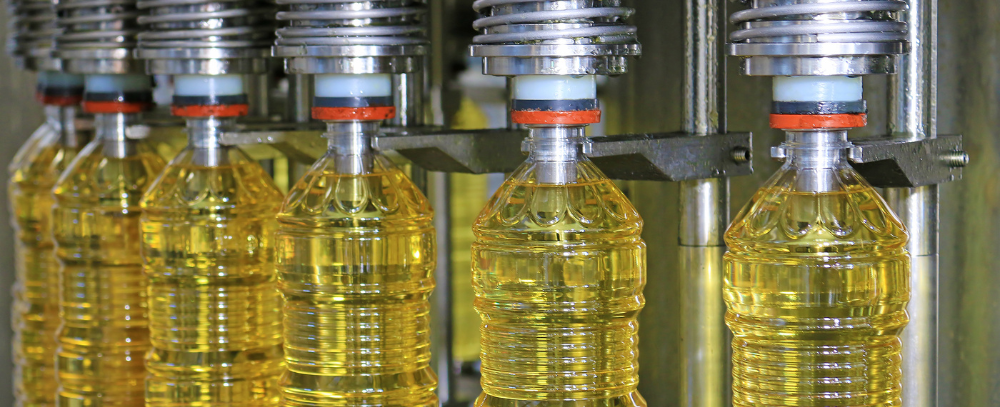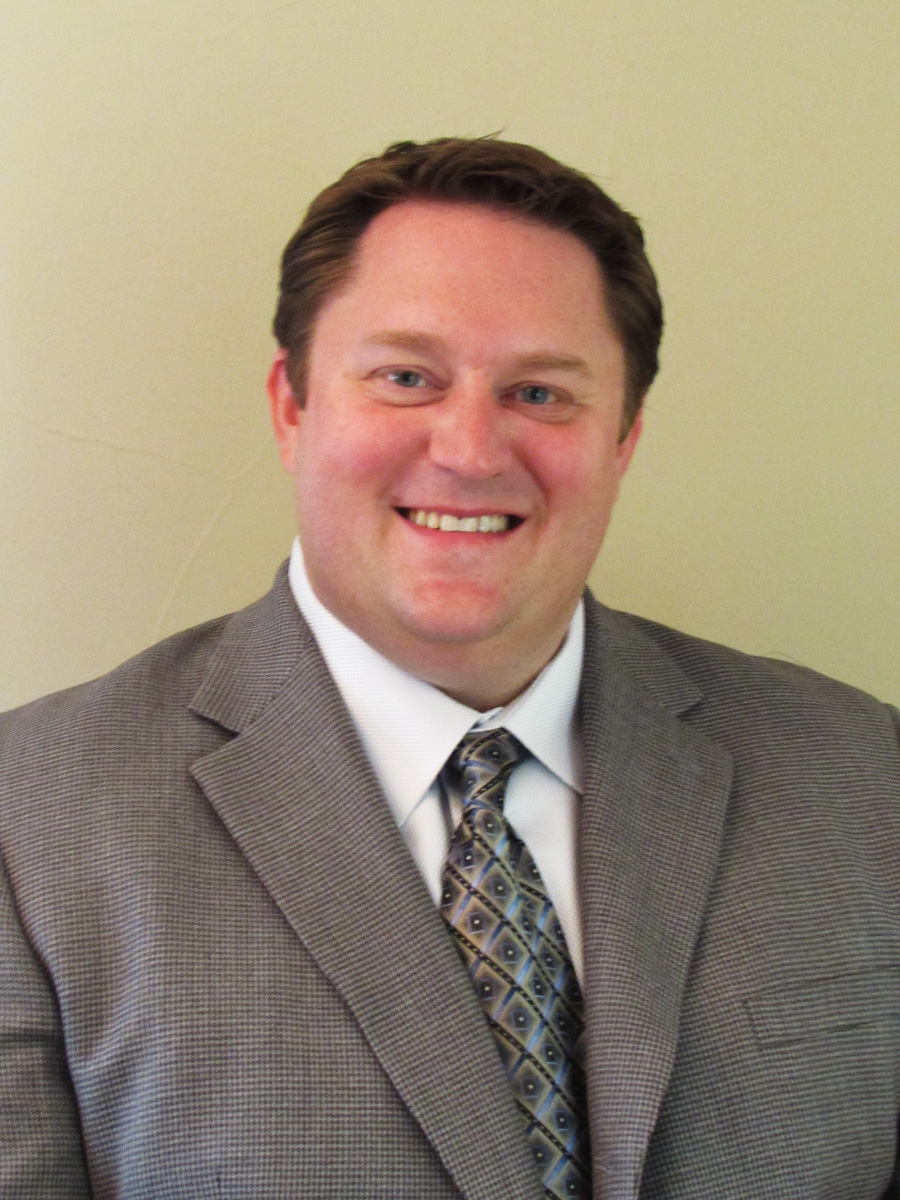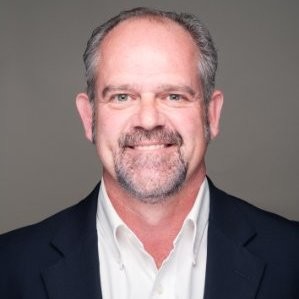Food Manufacturing Case Study
While many operational improvement projects focus solely on impacting production or maintenance issues, a holistic approach across all departments may be necessary to save a struggling plant. Client S was stuck barely treading water, without the bandwidth or knowledge of how to pull themselves out of a bad place, and with issues spilling into every department. Vicious cycles are hard to break without outside intervention. For example:
- Mandatory overtime and weekends due to not meeting production goals and being short staffed led to employee dissatisfaction and high rates of turnover. New employees without experience struggled to run equipment, leading to missed production goals and continuing the cycle of overtime and frustration all over again.
- Poor performance created a culture of needing to run at all costs, encouraging maintenance to use quick fixes. Maintenance also lacked a PM program, which only exacerbated equipment degradation and led to large downtime events. Not prioritizing preventative maintenance with scheduled downtime led to more breakdowns and lost time, which only worsened being behind schedule and increased the need to run more.
- Lack of structure in the warehouse led to inventory inaccuracies and missed shipments, and new employees struggled to keep pace with outbound loading demand. Additionally, ineffective planning resulted in overruns of unnecessary products taking up valuable rack space, filling the warehouse with the wrong products in the wrong spots. Production lines needed to be shut down at times due to lack of space in the warehouse, putting production further behind schedule and disrupting planning and schedule even more, continuing the cycle.
As One Consulting partnered with Client S to develop an action and recovery plan; focused efforts spread across production, maintenance, warehouse and shipping, planning and scheduling, and human resources, with an overarching management operating system (MOS) to tie everything together. The goal was to utilize consultants’ time, energy, and expertise to break the cycles, teach new ways of operating, and install sustainability measures so Client S could move forward on their own and continue to improve over time.
Production Workstream
Tools Utilized:
Centerline
- Deep clean
- Abnormality register
- Baseline execution
- Clean Inspect Lubricate documentation
- Critical adjustment point identification
- Run right settings
Changeover procedures
- When Down Do checklists
- Operational SOPs
- One Point Lessons (OPLs)
- Troubleshooting guides
Approach & Results:
To address operational struggles caused by machine and personnel issues, consultants and client team picked a focus line to improve. Major machine centers were deep cleaned and repaired to return to like baseline condition. To maintain this effort, CILs were developed and executed by operators and maintenance. Operators were taught correct run-right settings and given troubleshooting guides for common issues, while supervisors performed audits to ensure procedures were being followed. Changeover documentation was created to reduce changeover times and ensure consistency across shifts and with new employees. For the focus line, OEE has improved by 31% (from 45% to 59%). Operators experience fewer micro-stops and large downtime events, spend less time dialing in after changeovers, and operate consistently across shifts. Machines stay clean due to cleaning guides, and potential mechanical issues, like belts wearing, are caught quickly through consistent inspection, before they cause downtime.
Maintenance Workstream
Tools Utilized:
- PM documentation
- Maintenance scheduling
- Critical spares management
- Bill of Materials (BOMs)
Approach & Results:
With As One support, leadership made it a priority for production to give maintenance the time/opportunity to have access to the equipment for preventative maintenance activities and agreed to this time in the forecast meetings. PMs were created, to be used in conjunction with production CILs. Critical spares were identified, parts warehouse was organized, and BOMs were created for production equipment. Now, in the new maintenance culture, down days for maintenance activities are built into the production schedule, resulting in planned, controlled downtime to perform PM’s and fix issues instead of reacting to breakdowns. This advanced planning was facilitated by keeping critical spares on hand in house, and referring to BOMs for equipment. After moving away from reactive maintenance, the maintenance manager was able to spend more time managing the team and was no longer stuck on floor firefighting breakdowns.
Warehouse & Shipping Workstream
Tools Utilized:
- Visual management
- Velocity racking
- Loading incentive plan
- Inventory accuracy
- Transactional integrity
- Management coaching
- Warehouse RACI
- Standard work
Approach & Results:
With consultant guidance, the two warehouses were manually inventoried to get an accurate inventory count and were then reorganized. Racks were visually labeled and a warehouse map was created to ensure pallets were placed in the correct locations, based on product turns and velocity racking. To drive productivity, shift targets were established (4 loads per person per shift) and supervisor standard work created to hold team accountable for targets. A warehouse specific RACI was developed that clearly explains ‘who does what” for effective Warehouse Management and Puller Management. For sustainability, the warehouses are now being monitored with weekly Gemba walks to ensure inventory stays accurate and racks are filled properly. The team knows who is responsible for what, is being held accountable for their work, and are increasing loads shipped. Production is no longer shutting down due to lack of warehouse space.
Planning & Scheduling Workstream
Tools Utilized:
- Changeover time identification
- Locked (frozen) schedule
- Decreased number of changeovers
- Set order of changeovers
- Schedule sequencing
Approach & Results:
The consultant and client team worked together to identify changeover times and targets, updating old standards, and utilized the new standards in planning. Instead of constantly changing the production schedule, the team agreed to lock the schedule. Planning worked closely with warehouse team to ensure inventory was accurate and the correct products were being scheduled to avoid shortages or excesses. A new scheduling expectation is in place (5-day locked schedule for production lines) to minimize frequent changes and confusion. The production team is being held accountable from the top down for staying on schedule and only using next logical sequence changes when absolutely necessary to change schedule. Additionally, there is a governance process that dictates only managers are able to make schedule changes, instead of operators making production run changes based on whims. There is clear communication between planning, production, maintenance, and warehouse to ensure everyone stays on schedule and gets the time and products they need.
Human Resources Workstream
Tools Utilized:
- Major hiring events
- Skills matrix
- Documented expectations for roles
- Performance/skill reviews
- Formalized onboarding
- Training documentation
- Onboarding/training RACI
Approach & Results:
The client and consultant team worked together to map the recruitment process through orientation process flow, which identified gaps in interview support as well as probationary period flaws of new hires. The HR team went through several large-scale hiring events to combat understaffing and need for mandatory overtime/weekends. Consultant and HR team created a new supervisor training matrix, as well as documented skills/qualification for all positions in the plant. Finally, a plant trainer was hired to be responsible for training new hires. Hiring events generated three orientation classes, with 32 laborers, 2 maintenance techs, 2 supervisors, and 13 temps. Plant wide efforts are being made to improve retention, bring new hires up to speed, and improve overall morale. New hires are being trained using appropriate tools across workstreams.
Management Operating System Workstream
Tools Utilized:
- Meeting guides
- Scorecards and shift reporting
- Leader standard work,
- Shift start-up huddles and supervisor handoffs
- Gemba walks and checklists,
- Escalation process
- Root Cause Analysis and problem-solving training
- Shopfloor Visual management
Approach & Results:
Consultants installed critical meetings, including a Daily Direction Setting (DDS) meeting with a set agenda, scorecard, and action log. This DDS meeting connects all department leaders included in the recovery plan, and gives them a centralized, structured setting to discuss issues and collaborate on ways to improve performance. During meetings, participants were coached on good meeting behaviors (starting on time, focusing on performance gaps, generating actions to address root causes). Supervisors and managers were given standard work to provide structure to their days, reducing firefighting. The client team was trained on using an escalation process and root cause analysis, to address problems faster, get the right help, and solve the real issues instead of symptoms. Client S now has productive meetings that focus on improving performance, instead of reporting the news. Supervisors are on task and complete the same duties across shifts, keeping themselves and their teams accountable. Visual management (hour by hour boards) track performance and allow for early intervention of problems, instead of going hours or shifts without meeting production goals.
Conclusion
When plant wide problems spiral out of control, drastic action is required to interrupt and reverse bad habits and vicious cycles. For Client S, they lacked the bandwidth and experience needed to dig themselves out of their poor performance hole. After partnering with the As One team to develop a comprehensive recovery plan, Client S saw dramatic improvements in production performance, reduction in mechanical/maintenance related downtime, better adherence to production schedule, faster and more accurate shipping, and increased employee retention and satisfaction.
For any project to be successful long term, the client needs to be personally invested in their own success, commit to lasting behavioral changes, stay diligent with accountability, and continue utilizing and improving upon the installed tools. As One places heavy emphasis on installing sustainability measures through a robust MOS, so that performance improvement is always front of mind and bad habits don’t creep back.









